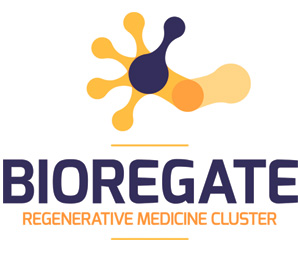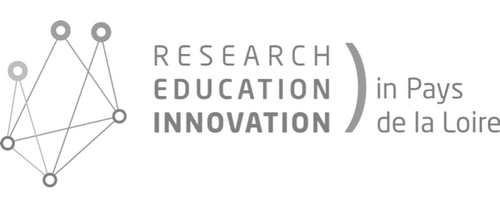Project abstract
Back pain is one of the most common causes of disability, with a prevalence reaching 85% in industrialized countries. It is typically associated with degeneration of the intervertebral disc (IVD), a fibro-cartilage normally ensuring the function of a “mechanical stress absorber”.
Current treatments are mostly based on pain management or surgical intervention and show limited efficacy. In fact, the lack of development for therapeutics targeting specifically IVD degeneration is mainly linked to a poor understanding of the biological mechanisms that regulate IVD development and health. Nonetheless, cell based therapies involving the delivery of regenerative stem cells into the IVD appear as a promising approach to limit IVD degeneration and promote tissue repair, with the ultimate goal to improve IVD function and reduce back pain.
In this context, the CaveΩDisc project aims to investigate the role of highly expressed caveolin proteins known to regulate many signalling pathways, in order to define in fine strategic therapeutically targets to reverse IVD degenerative processes. The scientific objectives of the CaveΩDisc project are to decipher Caveolins/Caveolae functions in IVD linking embryonic development with age related disease. More insights have to be gain on how to build up an healthy IVD and how membrane-specific microdomains control the way disc cells will respond to external signal and maintain the IVD structural integrity over time.
Considering the well-established role of caveolins/caveolae as signalisation platforms, we expect to highlight that caveolins are crucial regulators of IVD development and homeostasis. Investigation of the in vivo impact of caveolin deficiency, combined by further exploration of molecular pathways altered on cultured IVD explanted cells, will allow us to identify signalling nodes which could be modulated in order to limit or reverse degeneration. In addition to contribute to a better knowledge of IVD developmental processes, and thanks to the use of original and innovative cellular models, we will pave the concept of new cellular approaches for future cell-based therapies in IVD regenerative medicine.
To reach this goal, the impact of caveolin deficiency on IVD formation and physiology from embryogenesis to adult life and through aging will be explored at the whole animal level, through the use of caveolin-deficient animals. Identified alterations following caveolin absence will be further decrypted at the molecular and cellular levels by using our recently “in house” developed innovative 3D organotypic model. Noteworthy, such a model is highly valuable since, starting from explanted rodent notochordal cells, it allows the maintenance of cells in a differentiated state and the reconstruction of an IVD matrix ex vivo, which can be exposed to mechanical and environmental constraints occurring in pathological situations.
Scientific goals of the CaveΩDisc project will be achieved by bringing together a new multidisciplinary consortium (INSERM UMR 1229-RMeS, Nantes/ INSERM UMRS 1063-SOPAM, Angers) combining expertise in embryonic development, stem cell biology, membrane remodelling and metabolism.
Preliminary and published research from the two main partners already brought promising results which will be reinforced through this original research program, which ambitions to constitute the corner stone of new therapeutic approaches targeting specifically caveolin-dependent IVD pathways.

